- "The point is, the Islands of Personality are what makes Riley, Riley."
- —Joy, opening narration
Friendship Island
Friendship Island represented Riley's sense of friendship, especially with her best Minnesota friend Meg, at least in its original form. It featured merry-go-rounds, happy faces and an arch with stars and a heart.Friendship Island was lost one day after its core memory, when Riley (under Anger's control) got angry at Meg for getting a new best friend. It was restored and expanded by the time Riley turned 12. A "friendly argument" section was opened.
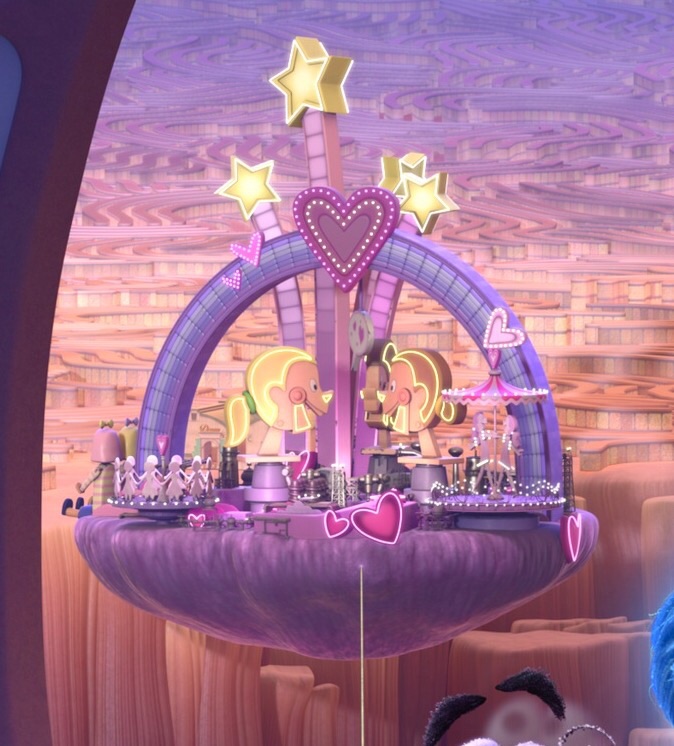
Hockey Island
Hockey Island represents Riley's love of hockey. Its features include giant representations of hockey material like sticks, skates and a helmet, along with a golden trophy.Riley lost this island after failing to play properly on the first tryouts at San Francisco, much to her anger. Hockey Island was eventually restored by a happy and angry memory.
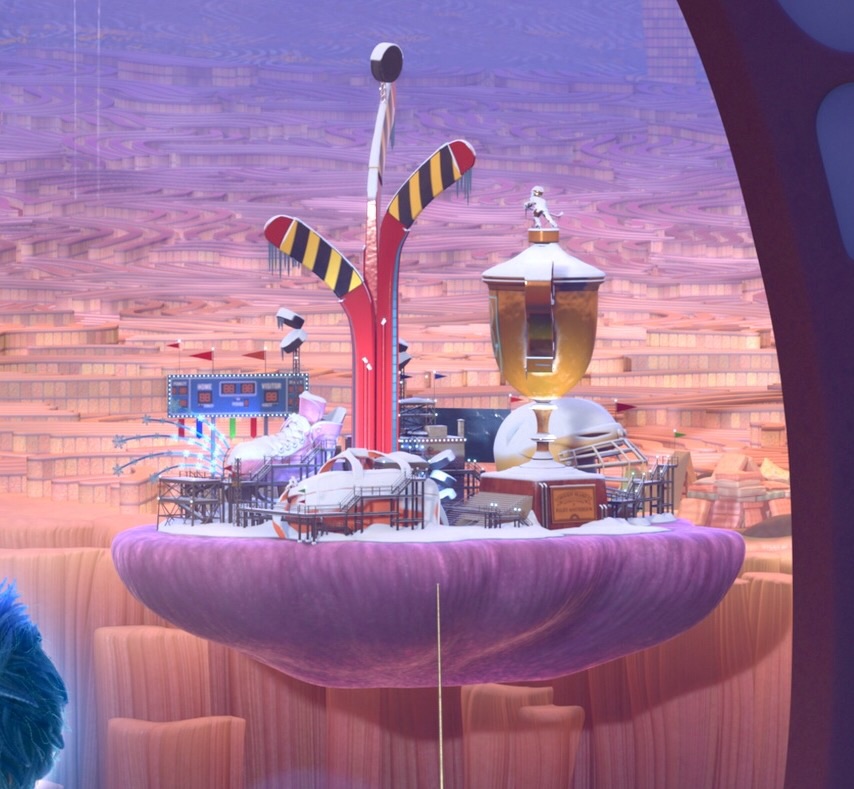
Honesty Island
Honesty Island represents Riley's sense of integrity. Its design includes a greek temple and a justice court hammer.
It was rapidly destroyed two days after its core memory was lost, when Riley stole her mother's credit card. As the others, it was eventually restored.

Family Island
Family Island is by far the largest and strongest of the islands. It is dominated by a monumental statue of Riley surrounded by her parents, and includes family-related details like the family car, a swing or a genealogical tree. It notably incorporates a trampoline, which is used by Joy to finally get back to Headquarters at the end of the film. Family Island was the last island to stand following the loss of its core memory. Its resilience was such that, unlike the other islands, it didn't go down all at once but piece by piece, as Riley was running away.Family Island was also the first Island to be restored, now even larger than before as it incorporated elements from the landscape of San Francisco, such as the Golden Gate Bridge. It becomes Riley's central island, and is now powered by a both joyful and sad memory.
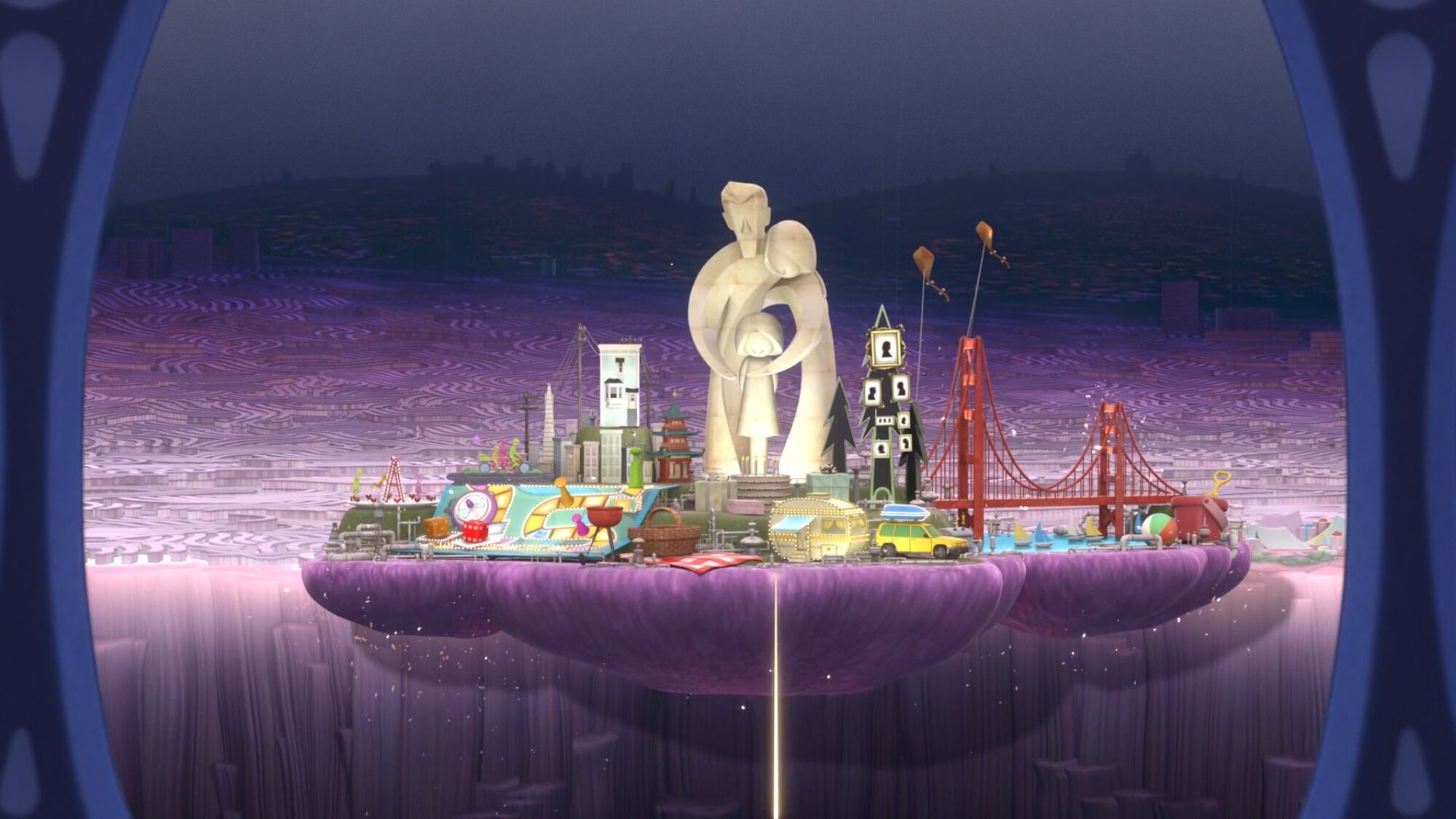
Goofball Island
Goofball Island is Joy's favorite island, featuring many colourful wheels and a big sculpture of a goofy face. It represented Riley's childhood goofiness and was the biggest island after Family.Goofball Island was the first Island to be destroyed, which happened when Riley's father tried to make her smile by acting goofy. By the time Riley turned 12, Goofball had been restored, though in a slightly smaller form.
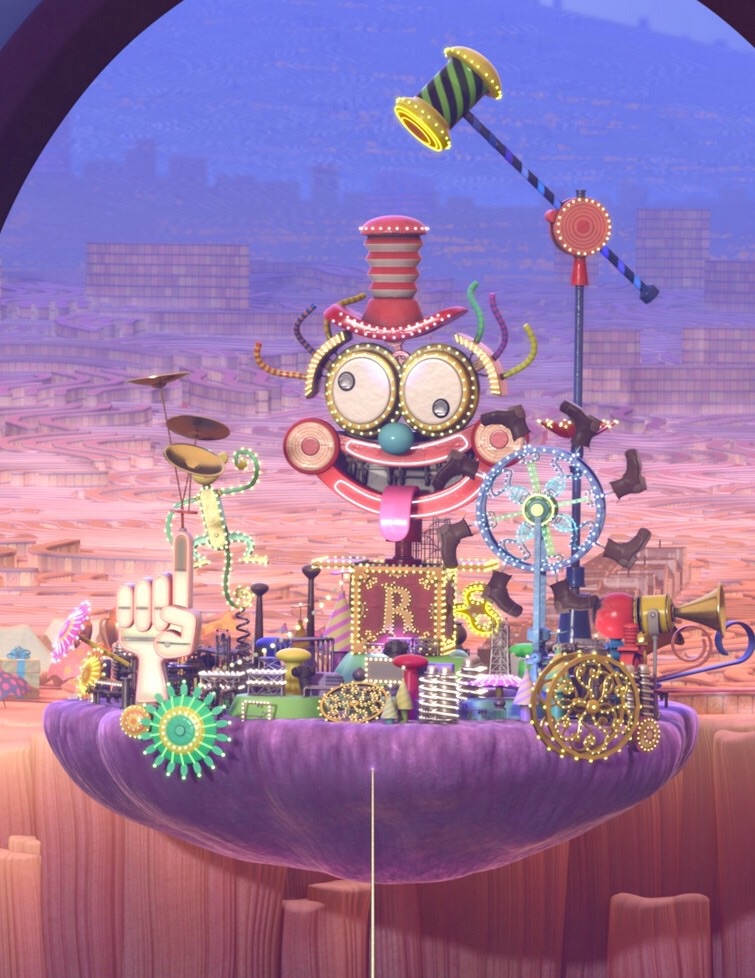
Why Pixar's Inside Out is the best children's film ever made
Until Riley was uprooted, Joy had always been the star of the show; the predominant emotion in her head. But faced with such a momentous change, Sadness takes centre stage. As Joy desperately battles to make everything right in Riley’s head, she begins to learn that it just isn’t possible. She needs to let Sadness take over.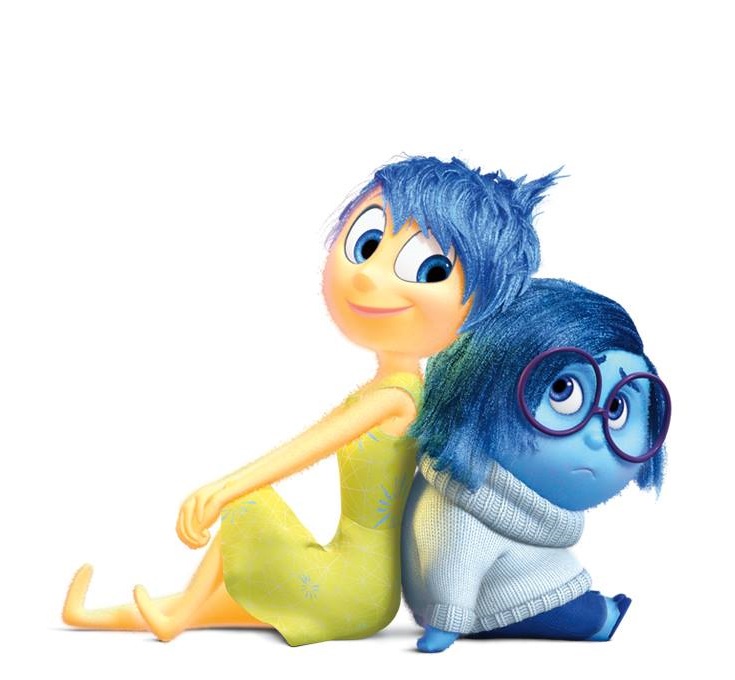
And so it is that the most unlikely of emotions saves the day, and makes everything better. The lesson we have learnt by the end is a powerful one that is is all-too unusual in the upbeat world of movies for kids: it’s ok to be sad. Crucial, even.


No comments:
Post a Comment